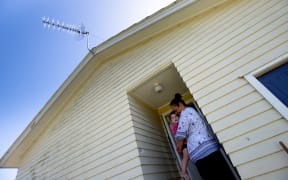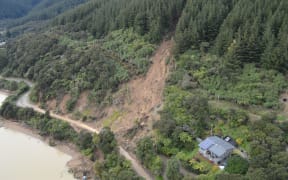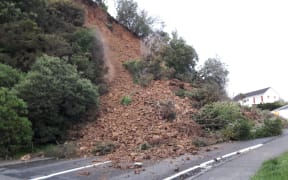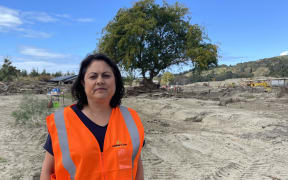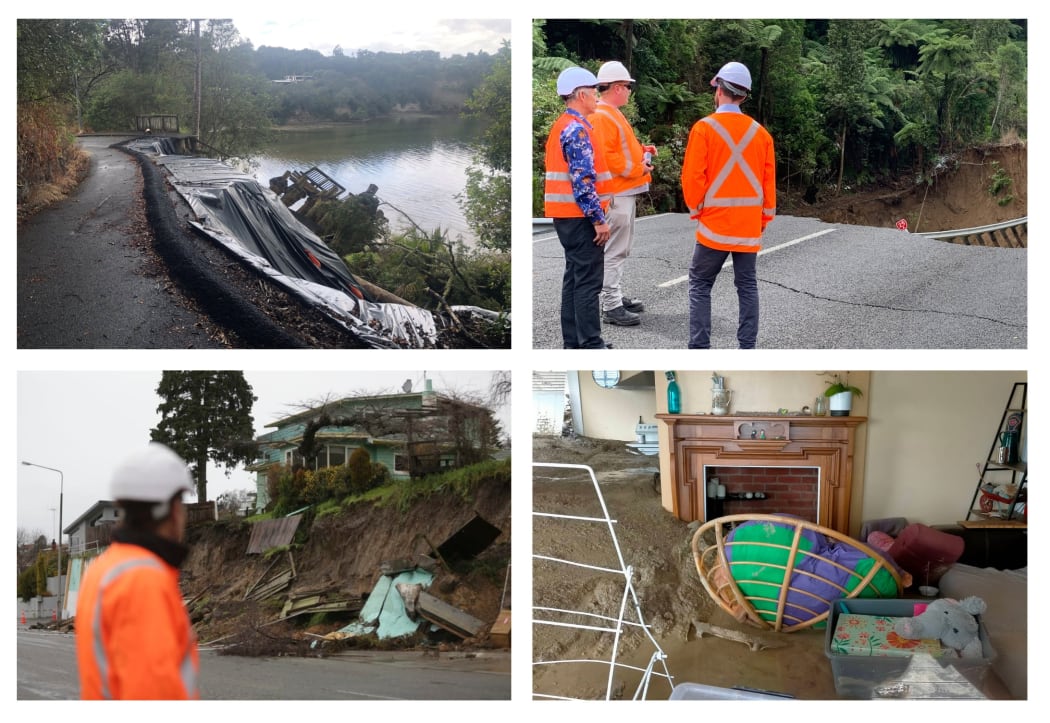
Clockwise from top left: Damage from a slip in Auckland's Titirangi in January 2024 - a year on from the 2023 Auckland Anniversary floods; a massive slip on the cross-Coromandel Peninsula SH25A in January 2023 caused widespread disruption to traffic over many months; mud poured into Alana Pearce's Nelson home during a 2022 landslide; a retaining wall collapsed during heavy rain in Timaru in 2022. Photo: RNZ and supplied
GNS Science says councils should be more proactive to avoid costly and potentially fatal landslides.
The institute has updated its land-use planning guidance which suggests ways councils should manage the risks of future slips.
"Events over the last year have shown that the risk from landslides is substantial," Engineering Geologist Dr Saskia de Vilder said.
This weekend marks one year since Auckland's devastating Anniversary Weekend flooding, and is just a few weeks before the first anniversary of Cyclone Gabrielle which caused destruction throughout the entire country.

Landslide expert Dr Saskia de Vilder Photo: Supplied/ GNS Science
"Landslides on average cost us about $250 million a year. The cost from Cyclone Gabrielle that's attributed to landslides is $1.5 billion."
She said councils had to start considering landslides earlier in their decision-making processes.
"The main recommendation is that councils undertake susceptibility mapping, and what I mean by that is they identify areas they think might be susceptible to landslides," she said.
"Not only where a landslide starts, but what they might impact downslope."
That early work could save millions of dollars in repairs if future weather events caused slips, she explained.
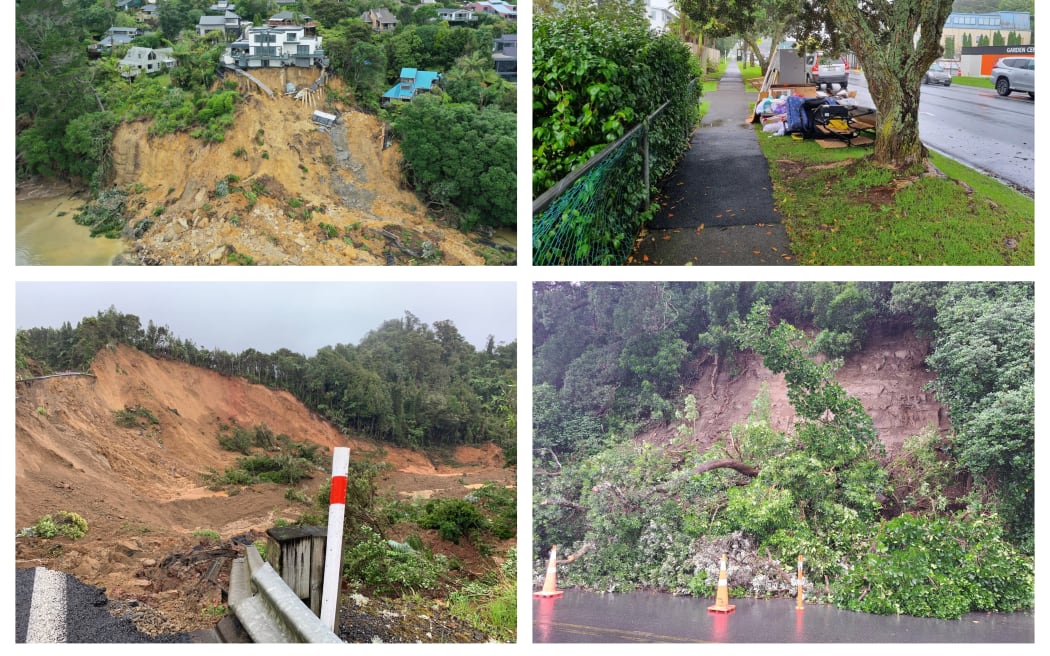
Damage and debris following torrential rains across Auckland and the upper North Island in January 2023. Clockwise from top left: A slip below a Beach Haven house on Auckland's North Shore; debris piled up on the roadside in Browns Bay; trees at the bottom of a slip on Ngapipi Road in Ōrākei; damage to SH25A on the Coromandel Peninsula. Photo: Supplied / RNZ
"One of the main reasons that we're releasing this guidance is to make sure that we use land use planning as a tool to reduce our risk from landslides," she said.
"Once they've identified areas where landslides might occur they can start to do further analysis, or change how they zone land or what activities they allow on that land."
Dr de Vilder said prospective homeowners should have access to information about potential landslide risks.
"Landslide hazards [should be] considered early on, so when people are looking at purchasing land there might already be information available from the council about landslide hazards," she said.
GNS Senior Natural Hazards Planner Scott Kelly said it was important to bring the guidance up to date.
"It's not about preventing development," he said.
"It's about having the right information to inform the right development in the right place."
He hoped smarter planning could prevent the catastrophic damage seen throughout the North Island in early 2023 from happening again.
